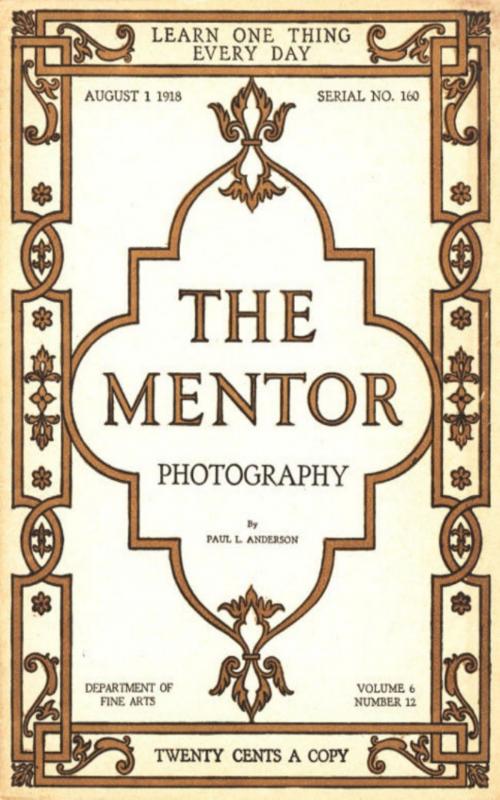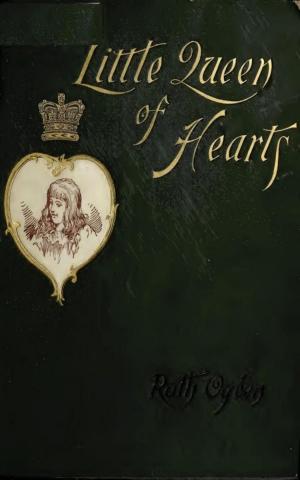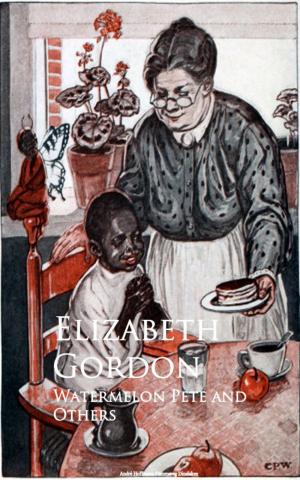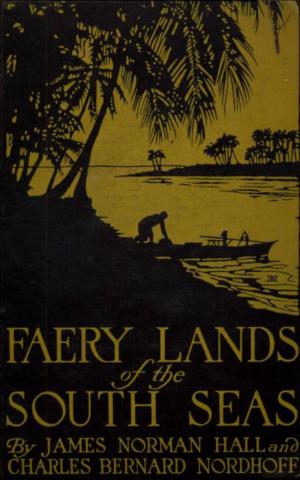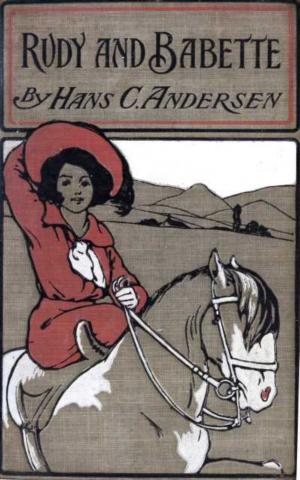| Author: | Paul L. Anderson | ISBN: | 9783736412668 |
| Publisher: | anboco | Publication: | August 30, 2016 |
| Imprint: | Language: | English |
| Author: | Paul L. Anderson |
| ISBN: | 9783736412668 |
| Publisher: | anboco |
| Publication: | August 30, 2016 |
| Imprint: | |
| Language: | English |
Louis Jacques Mande Daguerre (born 1789, died 1851), was a great French scene-painter who experimented for many years trying to find some way of rendering permanent the image projected by a lens. J. Nicéphore Niépce was engaged in the same research, and from 1829 until the death of Niépce in 1833 the two worked together, but it was not until some years after the latter date that Daguerre discovered the process that bears his name. This process may be briefly described as follows: a highly polished and perfectly clean silver plate is rendered sensitive to light by the formation of a deposit of silver iodide on the surface, this being accomplished by exposing the plate—of course in the dark—for some minutes to the vapor of iodine. When the plate has assumed a uniform golden-brown color it is placed in the camera and the exposure is made, the light projected by the lens causing a chemical change to take place in the silver iodide. The image thus obtained is very weak, and in order to strengthen it the plate is exposed for some minutes to the vapor of mercury. It is subsequently fixed, or rendered permanent, by bathing with a solution of sodium thiosulphate (ordinarily known to photographers as "hypo"). This dissolves the silver compounds that were not affected by light. In some cases the picture is still further strengthened by treating it with chloride of gold. This not only increases the vigor of the image but at the same time improves its stability, so that it is less likely to fade as the result of atmospheric action or exposure to light. The effect of the chloride of gold is literally to gold-plate the image. As the surface of the completed daguerreotype is very sensitive to any mechanical action, it must be protected by glass. A mere touch of the finger leaves an irremediable scratch. The daguerreotype was at one time very popular for portraiture, but the process has certain drawbacks that have caused it to be superseded by improved methods.
Louis Jacques Mande Daguerre (born 1789, died 1851), was a great French scene-painter who experimented for many years trying to find some way of rendering permanent the image projected by a lens. J. Nicéphore Niépce was engaged in the same research, and from 1829 until the death of Niépce in 1833 the two worked together, but it was not until some years after the latter date that Daguerre discovered the process that bears his name. This process may be briefly described as follows: a highly polished and perfectly clean silver plate is rendered sensitive to light by the formation of a deposit of silver iodide on the surface, this being accomplished by exposing the plate—of course in the dark—for some minutes to the vapor of iodine. When the plate has assumed a uniform golden-brown color it is placed in the camera and the exposure is made, the light projected by the lens causing a chemical change to take place in the silver iodide. The image thus obtained is very weak, and in order to strengthen it the plate is exposed for some minutes to the vapor of mercury. It is subsequently fixed, or rendered permanent, by bathing with a solution of sodium thiosulphate (ordinarily known to photographers as "hypo"). This dissolves the silver compounds that were not affected by light. In some cases the picture is still further strengthened by treating it with chloride of gold. This not only increases the vigor of the image but at the same time improves its stability, so that it is less likely to fade as the result of atmospheric action or exposure to light. The effect of the chloride of gold is literally to gold-plate the image. As the surface of the completed daguerreotype is very sensitive to any mechanical action, it must be protected by glass. A mere touch of the finger leaves an irremediable scratch. The daguerreotype was at one time very popular for portraiture, but the process has certain drawbacks that have caused it to be superseded by improved methods.
